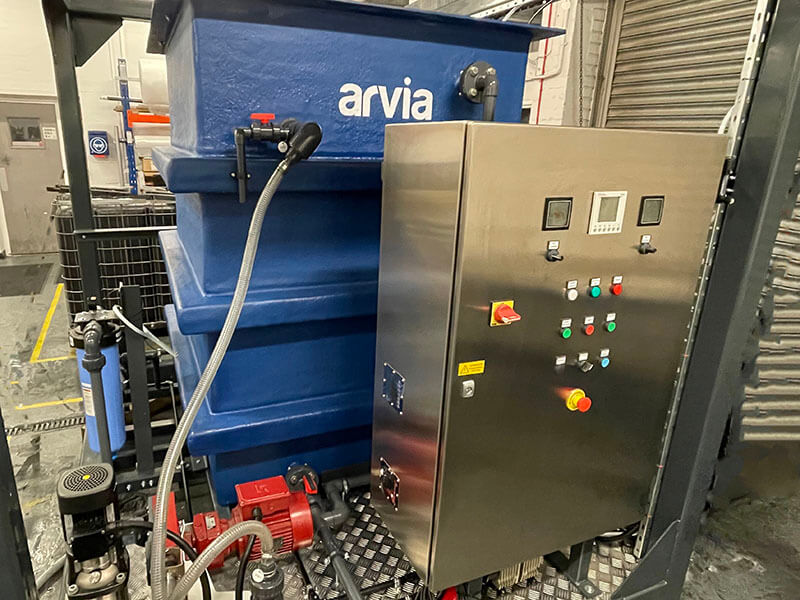PiE: The Invisible Threat
Arvia considers ways to tackle the threat to the environment and human health posed by pharmaceutical micropollutants.
Arvia considers ways to tackle the threat to the environment and human health posed by pharmaceutical micropollutants.
Human excreta collected at sewage treatment plants and arising in effluent
Unused drugs disposed to landfill waste streams later emerging in leachate
Pharmaceutical manufacturing plant wastewater discharge (often containing Active Pharmaceutical Ingredients (APIs))
Animal excreta from intensive farming appearing in run-off
Meat production, abattoir and rendering plant discharge
Pharmaceutical residues are polluting both surface waters and groundwaters globally and this includes cross-border rivers like the Rhine and the Meuse in Europe. The impacts on water quality in municipal supplies and on aquatic life and ecosystems can have very serious consequences as humans and other species are inadvertently dosed with medication.
The policymakers, experts and representatives from civil society and industrial groups meeting in Brussels were clear that more needs to be done to tackle PiE. European Public Health Alliance secretary general Nina Renshaw was in no doubt that the EU should be doing more – and not only in Europe. The supply chain for pharmaceutical production is global and the EU must support measures in India and China too, she said.
It is no surprise that collaboration offers the best way to tackle this complex and multi-stranded issue and currently the Netherlands offers the best model. The Dutch chain approach involves close dialogue between central government, regional water authorities and hospitals.
It engages the whole pharmaceutical chain and identifies measures for each stage of the pharma-cycle that must be taken in parallel:

Arvia’s Nyex Treatment Systems, which combine adsorption with electrochemical oxidation in a single, scalable unit, have already successfully treated challenging wastewaters containing pharmaceutical residues in the UK, Europe and China.
Nyex systems are extremely adaptable and can stand alone or be used to complement other treatment processes. The systems are low-energy, free from chemical dosing and do not produce sludge, which would require transportation and specialist disposal.